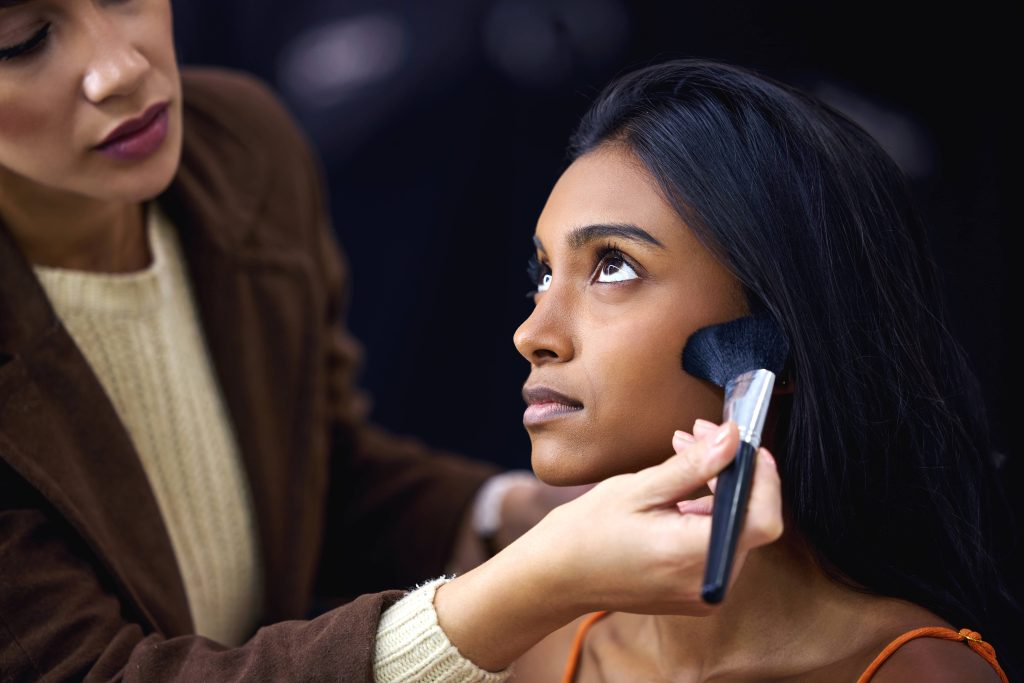
The beauty industry has always been at the forefront of innovation, constantly evolving to meet the needs of its consumers. Today, more than ever, the expansion of at-home beauty devices is driving a significant wave of transformation. These devices are not only changing how we approach our skincare and beauty routines but also offering a level of convenience and personalization that was once exclusive to high-end salons and clinics. From facial cleansing brushes to LED light therapies, beauty enthusiasts now have a plethora of options at their fingertips, literally—all from the comfort of home.
Why At-Home Beauty Devices?
The primary catalyst for the rise of at-home beauty devices is the demand for convenience without sacrificing effectiveness. Life today is busier than ever, and not everyone has the time or resources to make frequent trips to a beauty clinic. This need has driven consumers to seek solutions that can be integrated seamlessly into their daily routines—leading to the growing popularity of devices that promise professional-grade results at home.
Moreover, the digital age has placed immense power in the hands of consumers, with an abundance of information readily available. Beauty consumers are more educated and assertive, making decisions based on research and reviews. They want the ability to tailor their routines, and at-home devices provide them with tools to do just that, allowing for more autonomy in their beauty care regimens.
Types of At-Home Beauty Devices
The range of at-home beauty devices available is vast, catering to various skin concerns and beauty goals:
1. Facial Cleansing Brushes: Once a luxury item, these brushes have become a staple in many skincare routines. They promise deeper cleansing, with oscillating or vibrating technology that helps remove more dirt and impurities than manual washing.
2. LED Light Therapy: Originally used by dermatologists, LED light therapies are now available for home use. These devices use different wavelengths to address specific skin issues, such as acne, signs of aging, or pigmentation problems.
3. Microcurrent Devices: Often dubbed as “non-surgical facelifts,” these devices use low-level electrical currents to stimulate facial muscles, aim to reduce fine lines, and promote firming.
4. Microneedling Tools: For those looking to enhance collagen production or tackle scars and fine lines, microneedling tools used at home can offer similar benefits to clinical treatments, using much smaller needles for safety.
5. Hair Removal Devices: Laser and IPL (Intense Pulsed Light) hair removal devices are increasingly popular for those opting to manage hair growth at home, offering a long-term solution that stands apart from traditional shaving or waxing.
6. Hair Care Devices: Beyond skincare, devices such as scalp massagers, low-level laser therapy for hair growth, and advanced hair dryers are redefining how we can achieve salon-like results for our hair.
Benefits of At-Home Beauty Devices
The allure of at-home beauty devices extends beyond mere convenience. These devices offer a personalized approach to skincare and beauty. Users can address specific concerns at their own pace and in their own time, customizing treatments according to their unique needs. No two skincare routines are alike, and these devices allow for a level of specialization that is difficult to achieve otherwise.
In addition to personalization, cost-effectiveness is a significant factor. While some devices may have a high initial cost, they can save users a substantial amount over time compared to regular professional treatments. Over time, these devices can prove to be a more economical investment for those looking to maintain their beauty regimens without frequent salon visits.
Considerations and Precautions
As with any beauty innovation, there are considerations to keep in mind. First and foremost, not all devices are created equal. It’s crucial to do thorough research, reading reviews, and ensuring that devices are FDA-cleared or come from reputable brands known for adhering to safety and efficacy regulations.
Additionally, while these devices offer convenience, they require commitment. Users must be dedicated to consistent use over time to see noticeable results. It’s also essential to follow the instructions carefully to avoid adverse effects, such as skin irritation or damage.
Furthermore, individuals with certain skin conditions or sensitivities should consult with a dermatologist or a skin care professional before incorporating new devices into their routine. What works for one person may not be suitable for another, and professional guidance can prevent potential mishaps.
The Future of At-Home Beauty Devices
As technology continues to advance, the future of at-home beauty devices is bound to become even more exciting and sophisticated. Innovations in artificial intelligence and machine learning could further personalize beauty routines, offering devices that adapt to users’ changing needs and environments.
Virtual reality and augmented reality might play a role in providing virtual consultations or enhanced tutorials, enabling users to maximize the benefits of their devices with minimal guesswork. The potential for smart devices that provide real-time feedback and skin analysis is another exciting prospect.
Conclusion
The expansion of at-home beauty devices is more than just a trend. It marks a significant shift in the beauty industry, empowering consumers with advanced tools to take charge of their skincare and beauty regimens convincingly and confidently. As these devices become more sophisticated and accessible, they’ll continue to blur the lines between at-home care and professional treatments, making cutting-edge beauty available to more people than ever before. Whether you’re a skincare newbie or a seasoned enthusiast, there’s no doubt that these devices will play a crucial role in the beauty routines of the future. So, why not embrace the change and explore the possibilities? After all, beauty is as much about exploration as it is about expression.



